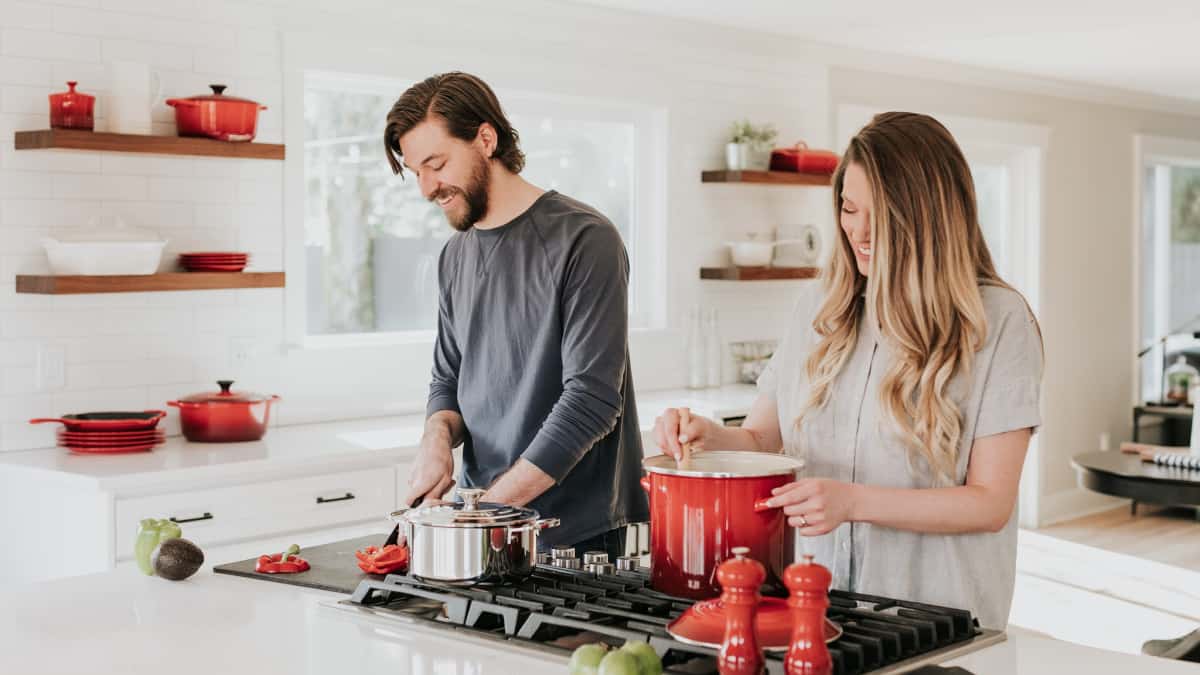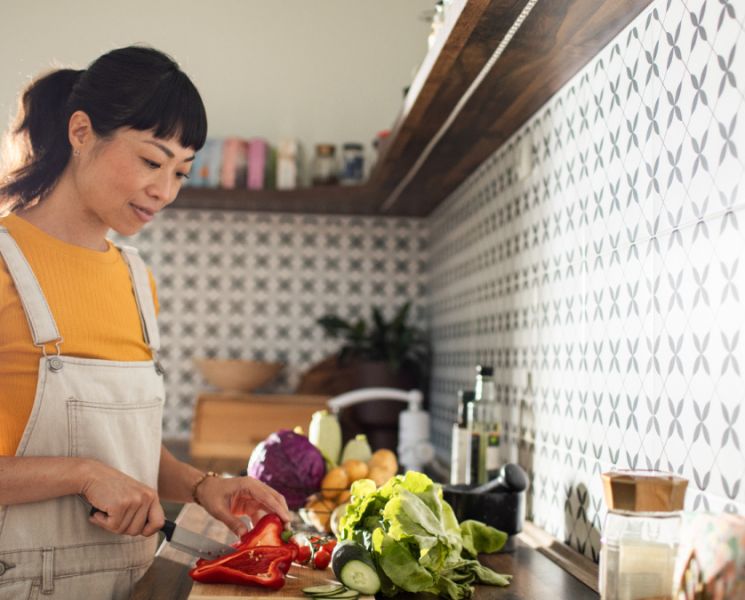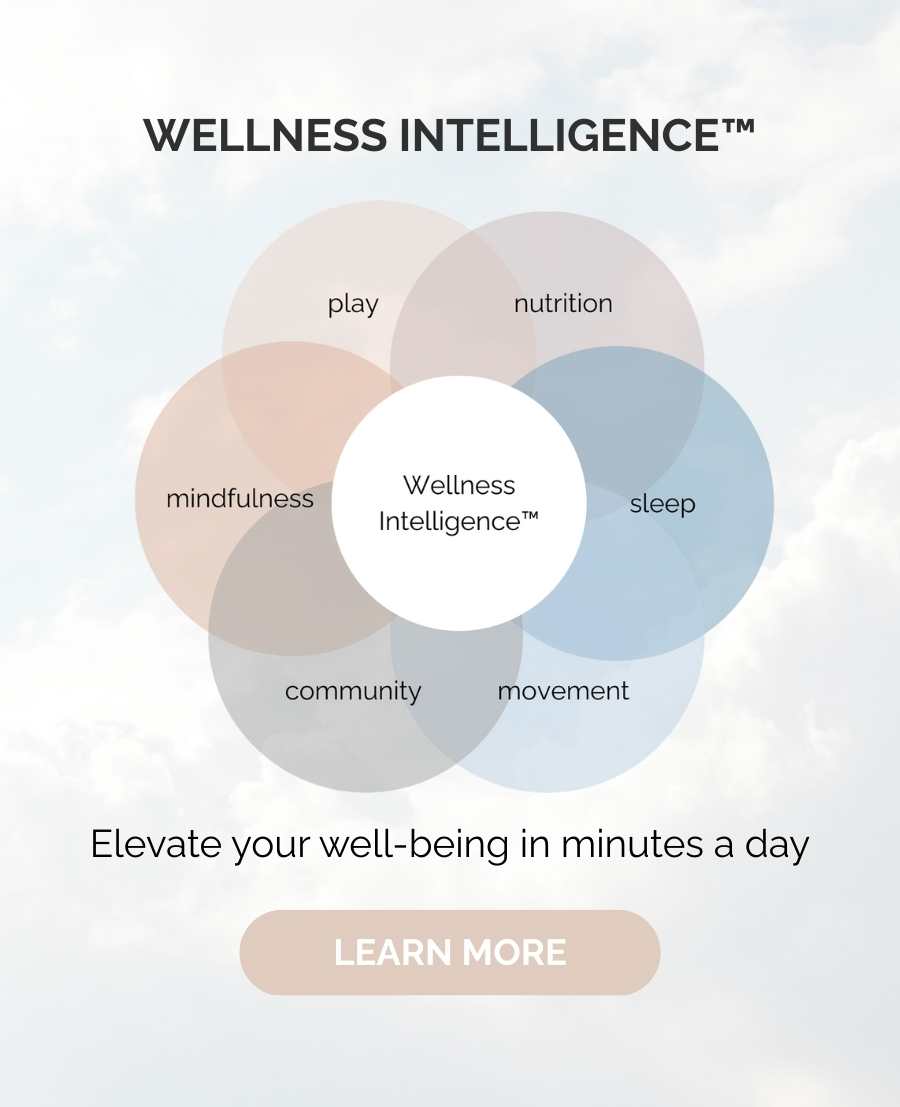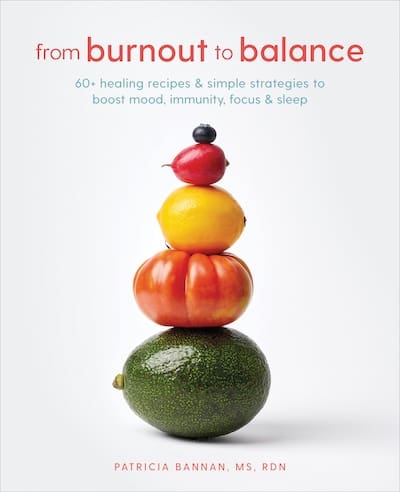These safe food handling practices can help protect you and your family during the COVID-19 epidemic.
The current coronavirus pandemic is both a scary and difficult time for all of us. It can make regular activities like grocery shopping and preparing and enjoying meals a more involved process. Now that we are cooking more at home and getting food delivered, here is some guidance on safe food handling practices you can follow. They’ll help make sure you are doing all you can to stay well.
Why is Food Safety Important?
Safe food handling is important in all circumstances, whether there is a global pandemic or not. Following safe food practices, such as proper hand washing, cooking, and storage, can help protect against food-borne illnesses that can make us and our loved ones sick. Many food-borne illnesses can be prevented if proper food handling practices are adhered to.
This goes for all parties involved on the food chain, from the grower, processor, seller, and consumer. If food safety isn’t followed at one of the stages of food handling, it can lead to the risk of food-borne illness.
Safe Food Delivery
The fewer and shorter interactions with others, the better during this time. Having food delivered to your home can limit the amount of time, and the number of people you come in contact with. This can help reduce the risk of contracting and/or spreading the COVID-19 virus. Whether you are having groceries or take out delivered, you can follow some simple food practices to help make sure you and your family are doing all you can to stay protected. This includes:
- Get no-touch delivery – Have the food delivered to your home, and left at the doorstep, in the garage, or in the trunk of your car to avoid direct or close contact.
- Keep your distance – If you need to pick up the food, keep a safe distance (at least 6′), and wash your hands thoroughly when you get home. If curbside pickup is available, have the food placed in the trunk of your car, and transfer the food from the carry out container to a different dish before eating.
- Wipe down containers and wash your hands – While the USDA states that food packaging is not thought to transmit the COVID-19 virus, it’s still a good idea to wipe off containers and wash your hands after handling to prevent germs in general.
Kitchen Cleaning Checklist
Keeping a kitchen cleaning checklist can help you remember all of the surfaces, areas, and steps that need to be taken to help make sure it is as safe as possible when it comes to both cooking and eating food. Here is an easy to follow checklist for keeping your kitchen space clean and safe.
- Put on disposable gloves before you start cleaning.
- Wash high-touch areas like knobs, light switches, countertops, handles, and sinks with soap and water first.
- Follow-up your cleaning of these surfaces with a household disinfectant. Follow the instructions on the label for proper use.
- Clean surfaces daily.
- Wash hands thoroughly after cleaning, and before preparing food, and eating.
- Wash and sanitize surfaces additionally as needed if they are used more frequently, or are visibly dirty.

Food Safety Temperatures
While COVID-19 isn’t believed to be passed through food, it is still always a good idea to cook food properly. Here are some common food safety temperatures to follow for cooking.
|
FOOD |
TEMPERATURE (°F) |
|
Fish |
145° |
|
Beef, Pork, and Lamb (steaks & chops) |
145° + 3 minute rest time |
|
Ground Meats |
160° |
|
Eggs & Egg Dishes |
160° |
|
Poultry |
165° |
|
Leftovers |
165° |
How to Read Expiration Dates on Foods
Expiration dates on foods can be a little tricky to navigate, since there are many terms that are used by the food industry. Here are some of the most commonly used terms on food packaging, and what you should look for and understand about each:
- Sell by – A date used by food stores to help determine how long a product can be sold on the shelf. This date is used as a reference to the quality of the product, not a determining factor of if the food is or is not safe to eat.
- Best by/ Best if used by – Another reference to food quality, not food safety. This information indicates that quality or freshness could be diminished if used past the printed date.
- Use by – A reference indicating a food may develop bacteria, lose nutrients, or diminish quality if consumed after the printed date.
According to the USDA, a food product should be safe to consume after its date passes if properly stored, and is free of signs of spoilage. Signs of spoilage to look out for include off odors and tastes, or change in color or texture. The only food that the expiration date should strictly be adhered to are those on infant formulas.
If you are unsure of how long to keep a particular food item, FoodSafety.gov has The FoodKeeper, a database of proper food storage details and recommendations.
What is the Best Way to Prevent Poor Food Safety
Prevent poor food safety by staying informed, and implementing the practices each and every time. Knowing how to properly handle food is one thing, but following these practices each time you handle food is what really counts and makes a difference. Some key points to remember are:
- Wash your hands frequently and thoroughly. Wash them before handling and eating foods, and after handling raw meat, poultry, or seafood.
- Cook foods to the proper temperature. The best way to know if a food is cooked to the correct internal temperature is with a food thermometer.
- Store foods properly. Any perishable foods left out for over 4 hours should be thrown out. Keep perishable foods stored in the refrigerator set at 40°F or lower, or in the freezer at 0°F or lower.
In case you missed my other recent posts, check out Immune-Supporting Vitamins and Minerals Other Than Vitamin C and CBD Products, Coronavirus, and Anxiety: Expert Q&A.
What questions do you have about food safety?






